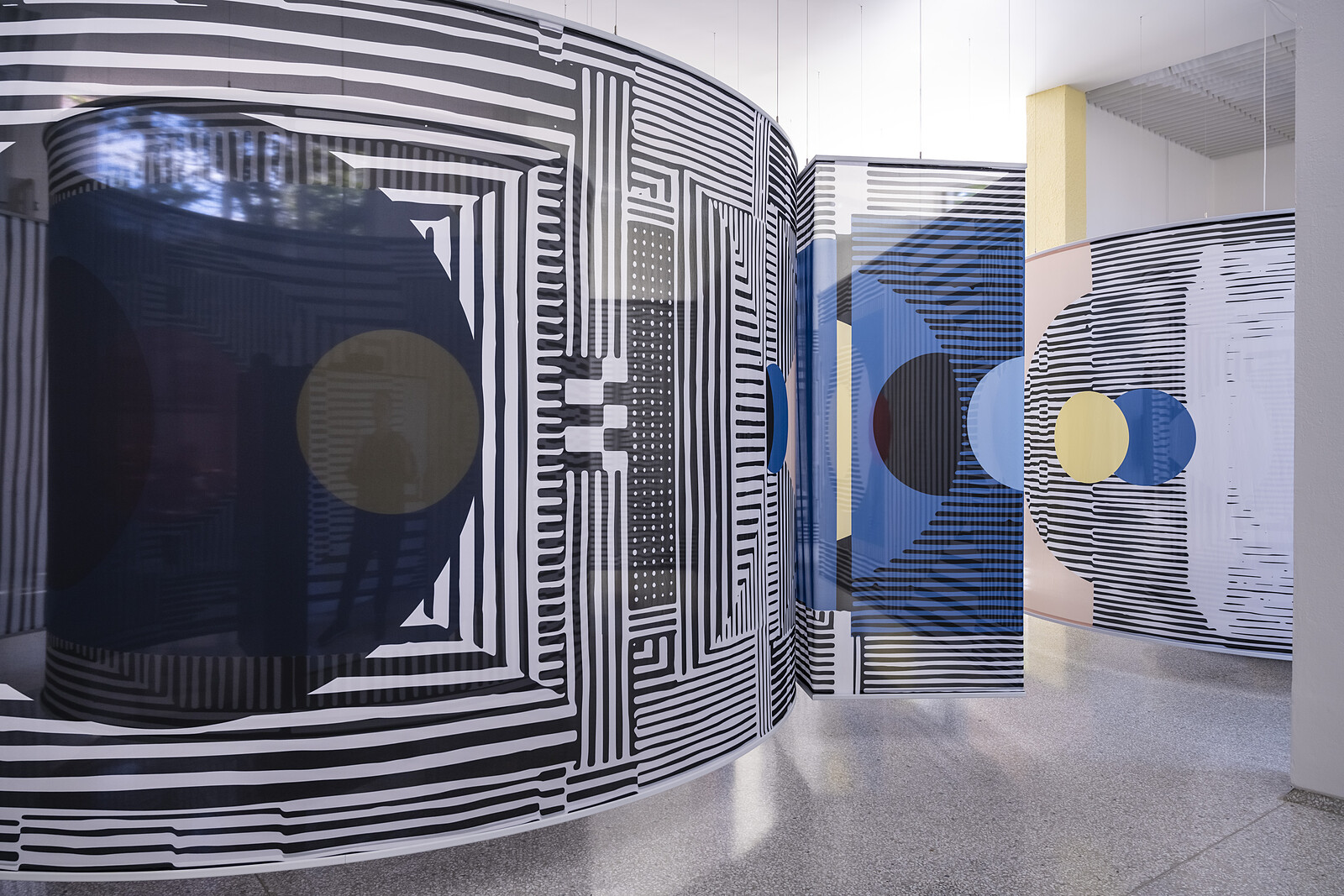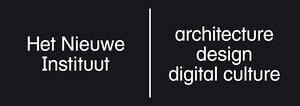The Pavilion of the Netherlands at the 17th International Architecture Exhibition – La Biennale di Venezia
May 22–November 21, 2021
Who is We? questions the dominant structures and histories we inhabit and inherit, presenting an urbanism that is female, of colour, Indigenous, queer, and multispecies.
As a response to the Venice Architecture Biennale 2021 theme set by curator Hashim Sarkis—“How will we live together?”—Het Nieuwe Instituut, commissioner of the Dutch pavilion, asks a counter-question: “Who is we?” The word “we” seems to imply inclusion, but it often represents a very singular perspective. The team, led by curator Francien van Westrenen, argues that social and ecological urgencies demand that architects and urbanists regard “we” as an even more pluralised pronoun that encompasses all humans and more-than-humans such as soil, plants, and animals. This plurality is a prerequisite for the emergence of relations and interactions essential for building resilient societies and cities, and could transform the current monocultural—mostly exploitative—dynamic into equal and non-extractive forms of coexistence. Such an almost systemic change requires a radical choice to put centre stage values such as reciprocity, curiosity, empathy, equality and care.
Exhibition
Het Nieuwe Instituut invites architect Afaina de Jong and artist Debra Solomon to find answers in Who is We? In their research and practices, both deconstruct normative concepts of space such as “terra nullius” and “tabula rasa,” visualising what remains unseen behind the dominant structures that define spaces. Emphasising the importance of other knowledge, values, and methodologies for a new kind of urbanism, they draw on the work of historical feminist examples who are largely unknown to the formal architecture canon.
In The Multiplicity of Other, De Jong identifies the spatial knowledge of the overwhelming majority of othered groups as fundamental to reconstituting the dominance of a single-sided universal perspective on cities. She presents Space of Other, a performative space using public dialogues to engage with other values, languages, and spatial practices like dance, music and poetry.
Debra Solomon advocates Multispecies Urbanism for just urban development driven by reciprocal inter-species relations of care and climate crisis mitigation. In the pavilion, she shares research tools such as Radical Observation, soil chromatograms, and rhizotrons for producing environmentally democratic urban landscapes in the form of urban food forests.
Parallel research programme
Who is We? is not a conclusion, but rather an opportunity for further research, discussion, and connection with other practices. Connecting with the field of policy, Het Nieuwe Instituut is working together with local governments in the cities of Amsterdam and Rotterdam.
Chief Science Officer for the City of Amsterdam, Professor Caroline Nevejan, is developing Values for Survival, a local, national and international programme of conversations, research and essays resulting in a series of cahiers designed by Huda AbiFarès.
In Rotterdam the Independent School for the City is developing a community of learning. The Polder of Babel: A Superdiverse City in the Anthropocene will investigate how a common sense of urgency can help build a greener future for all inhabitants.
To promote and contribute to knowledge and the development of research in architecture and urbanism, Het Nieuwe Instituut and the Creative Industries Fund NL selected three design teams to develop a research proposal relating to Who is We? They are: Lada Hršak (Bureau LADA); Chiara Dorbolò and Daphne Bakker (Failed Architecture); Tymon Hogenelst and Jesse van der Ploeg (Studio Wild).
Digital exhibition
The Who is We? digital platform functions as an online exhibition during the biennale. It is designed by RNDR, based on the graphic identity by Richard Niessen.
Who is We? is made possible by the generous support of the Dutch Ministry of Education, Culture and Science, the City of Amsterdam, the City of Rotterdam and Creative Industries Fund NL.




